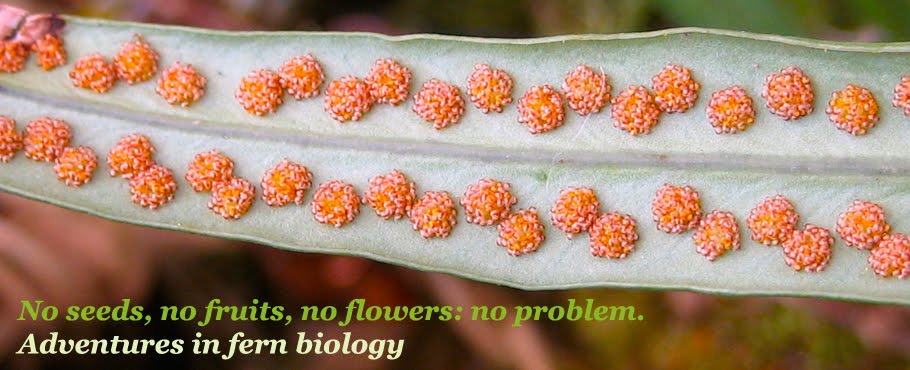Apomixis and apogamy have long interested botanists because they get at a fairly fundamental question in the evolution of life - is it better to be sexually reproducing or asexually reproducing? There are advantages to both strategies, and I will do a tremendous amount of boiling down here to summarize them thus: sexual reproduction involves many processes that tend to shuffle genetic material and will lead to increased genetic diversity, which will provide raw material for natural selection. If your particular genetic makeup is well-suited to your current environment, mixing things up might not be advantageous, and reproducing asexually will be more likely to allow you to maintain the status quo. As environments change, however, having additional variation will improve the changes that a new genetic combination will be better suited to the new environment. There is a lot more to the story than this, and a huge literature on apomixis and apogamy in flowering plants, and to a lesser extent in ferns, if you're interested.
The authors of the paper I mention above have also put together a website summarizing what's currently known about apomixis in ferns, including a complete list of fern species known to be apomictic. It's a great resources if you're interested in fern reproductive strategies! Here's a shot of the site:

